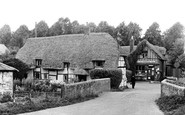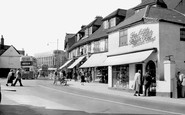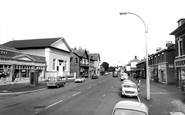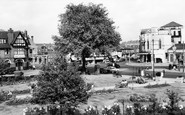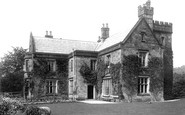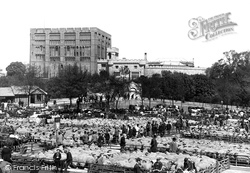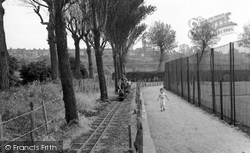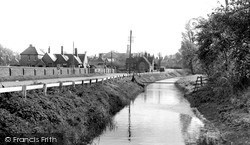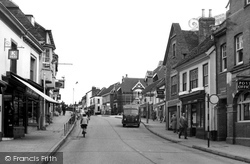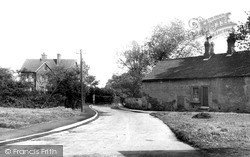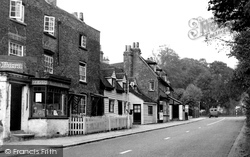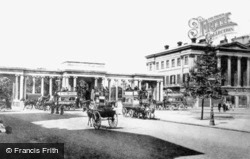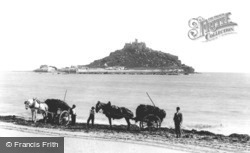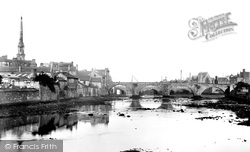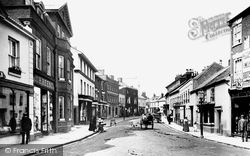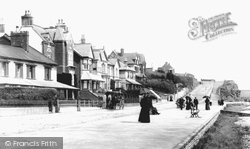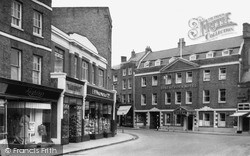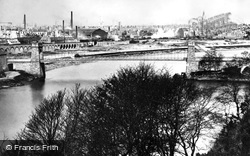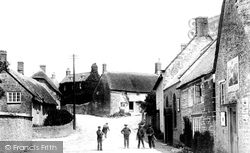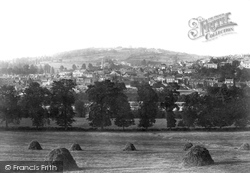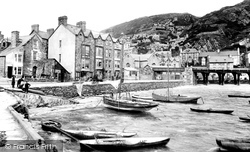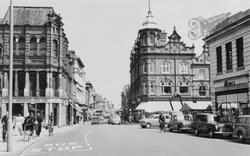Places
18 places found.
Those places high-lighted have photos. All locations may have maps, books and memories.
- Hythe, Kent
- Hythe, Hampshire
- Small Hythe, Kent
- Bablock Hythe, Oxfordshire
- Methwold Hythe, Norfolk
- Hythe, Somerset
- Hythe, Surrey
- Hythe End, Berkshire
- The Hythe, Essex
- Egham Hythe, Surrey
- West Hythe, Kent
- New Hythe, Kent
- Broad Street, Kent (near Hythe)
- Horn Street, Kent (near Hythe)
- Newbarn, Kent (near Hythe)
- Newington, Kent (near Hythe)
- Broad Street, Kent (near Hythe)
- Stone Hill, Kent (near Hythe)
Photos
360 photos found. Showing results 1,221 to 360.
Maps
101 maps found.
Books
10 books found. Showing results 1,465 to 10.
Memories
4,406 memories found. Showing results 611 to 620.
Griddle And Grill
My friend Alison and I spent many happy hours drinking coffee in The Griddle and Grill on Gatley Green during the 1970s. My mother used to call in when she was at school too, although it was called 'Lawrences' then. As far as I know ...Read more
A memory of Gatley in 1970 by
Now
Do you see the thatch cottage by the bridge? My son and daughter-in-law and our grandchildren now live there, since 2002. It is such a lovely place to bring up children I would love to hear from anyone who could let us know any history to their house.
A memory of Nether Wallop in 2002 by
Christmas Tree In Hornchurch
I too was born and brought up in Hornchurch and remember the bakers - it was called Alies and the daughter was called Enid who went to our school. Just by the bakers was waste ground and I am sure I can remember seeing a christmas tree there, does anyone else remember this? Carol Board (Westbrook)
A memory of Hornchurch in 1950 by
Flood
I was sent off to buy some bread by my mother. But crossing the river Crouch by the bridge was impossible. Wickford was under water. I don't recall the year. But the brand name of the bread was: Wheatchief. I used to buy sandpaper in Mays ...Read more
A memory of Wickford by
Saturdays
I went to Ferndale nearly every Saturday with my Mum and brother to visit my grandparents and my Great Aunt and Uncle. My grandparents, the Gambles, lived in Brynhyfryd and we would get off the bus at the bottom of the hill on the Strand ...Read more
A memory of Ferndale by
Spaldwick Windmill The Belton Family
The Belton family has a long association with Spaldwick as millers, witnessed by a hill being in the family name, (O.S. map 153), just north of the village. My mother's sister Violet Bass, from nearby ...Read more
A memory of Spaldwick in 1955 by
St. George's Presbyterian Church
St. George's Presbyterian Church stands in the forefront of this photograph between what was the Co-operative shop and Tommy Jones the fishmongers shop. How long the Presbyterian Church has stood on this site ...Read more
A memory of Little Sutton in 1972 by
The Fair Green
The Fair Green was one of the first places my sister Valerie Cooper (nee Hook) worked in her capacity as an apprentice horticulturist for the Mitcham Council. When she went for the job they told her that she would have to do the ...Read more
A memory of Mitcham in 1961 by
Fishing With Billy
Billy was a hero to we boys. In the daytime you could go crabbing with him; at night, out drifting. He drove an old open jeep and at times you would see five, six or even seven boys clinging to parts of this ex-US vehicle as it ...Read more
A memory of Downderry in 1955 by
Birthplace.
My Uncle Charles and my father James Scott were born at Nether Hall in the early 1900's. The family was in service to Sir Henry Longman. The main family residence was Shendish House in Apsley,Hertfordshire where my ...Read more
A memory of Hathersage in 1900 by
Captions
4,899 captions found. Showing results 1,465 to 1,488.
Beer is famed for its quarries, which were worked by the Romans and have continued in use down the years. The stone was used extensively for the arcades of many Devon churches.
In the fifties and sixties many shops and other commercial users clearly felt a need to advertise their presence more aggressively to passers-by. The
In 1993 this was replaced by the very successful design of the Castle Mall shopping centre, partly built underground below a raised park.
However, much of it has been engulfed by the sea over the years. The cathedral was built by St Wilfrid, who taught the local townsfolk to fish.
As well as the ever- popular ball games, picnics and simply watching the boats go by, the Strand at Gillingham also offered a paddling pool, a boating pool, a children's playground, miniature
This stream is crossed by the major A47 in the distance, now controlled by traffic lights owing to the large volume of traffic.
The shop by the lamp standard, 22 High Street, was that of Walter Small, 'floral specialist and fruiterer'.
At the beginning of the 11th century Wales, the 'territory of the Welshmen', was owned by the wealthy Mercian thegn Wulfric Spott, who also owned lands in Derbyshire and Staffordshire.
developed over the years, but the village still presents a deceptively leafy appearance.The bakery and tea-rooms are reminders that many Londoners came on country outings to Chigwell, either by bus or by the
It is market day, and a breezy one by the look of it, with flowery dresses much in evidence. A policeman is directing the traffic.
Londoners tended market gardens close by which are now smothered by the buildings of Kensington. In the 18th century it was considered foolhardy to venture here after dark.
This rugged and sublime rock mass is divided from Marazion by the sea, but at low tide visitors can tread a causeway to the island.
This remote church was visited by the writer Baring-Gould. The eccentric Reverend Hawker told him he found it a blessed retreat from the winds.
Things had changed by the time this photograph was taken. The Auld Brig, which is thought to date from the 13th century, is still standing.
This beautiful Tudor mansion was built at the end of the reign of Henry VIII by the successful lawyer Sir John Hynde, partly from materials salvaged when they pulled down the church of St Etheldreda
Seaton is a mostly Victorian town hard by the mouth of the River Axe. Though never one of Devon's more fashionable resorts, it has a charm of its own and an attractive setting.
Sidmouth began as a small fishing town with a bustling local market, but even these activities had begun to decline by the time the first visitors arrived in the late 18th century.
It gets its name from the salterns, or salt pans, used by the monks of nearby Otterton Priory.
The High Street approach to the Market Place is seen here flanked by the Easiephit shoe shop and Woolworth's on one side, and the Rose & Crown Hotel on the other.
The narrowing of the river at this point shows clearly why the bridge was built here.
Henry I gave the village and living of Burton Bradstock to the great Normandy abbey at Caen in exchange for the royal regalia of William the Conqueror, which the monks claimed had been gifted to them by the
It says a lot for the beauty and resilience of the Cotswolds that the location has not been overwhelmed by the urbanisation of an industrial age.
Hanging the sails out to dry along the railings are as equal a part of small vessel maintenance as working on the hull note the man by the upturned boat on the left-hand side.
The first monastic house in the county was founded at Burton, endowed by the Saxon thegn, Wulfric Spot.
Places (18)
Photos (360)
Memories (4406)
Books (10)
Maps (101)

